Clearweed, or Pilea sp., are common annual plants native to Eastern North America, found in wet, shady areas. The plant's name comes from the unusual translucency of the leaves and stem.
Most clearweed is from the species Pilea pumila; less common is Pilea fontana, which is hard to distinguish. The plants are in the nettle family, but do not bear stinging hairs like true nettles.
Although they bear "weed" in their name, these plants can be attractive, and can be useful as part of naturalized or native plant gardens. Like most native plants, they support native insects, which for these plants, include some beautiful butterflies.
Below you will learn how to identify these plants, as well as how to cultivate them in your garden.


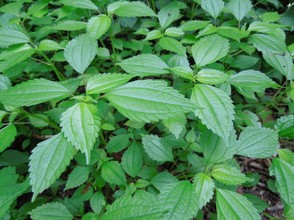
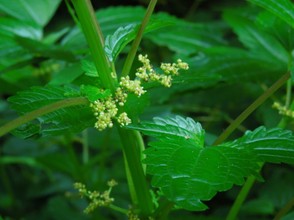
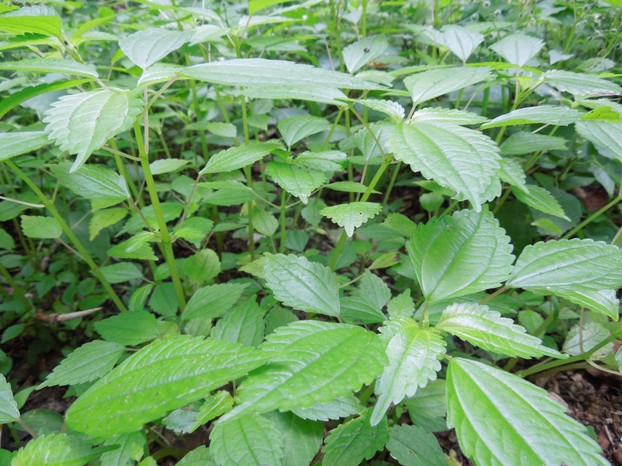
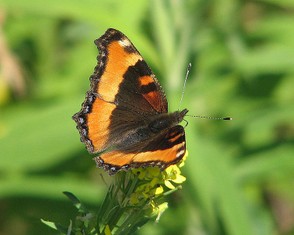
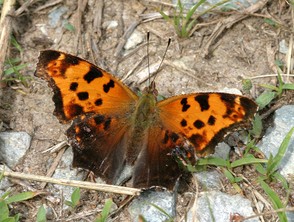
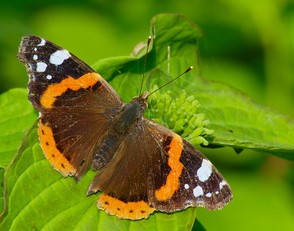
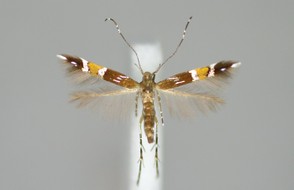
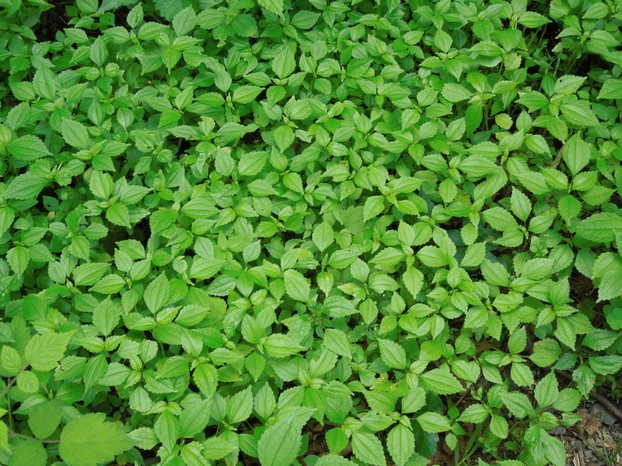



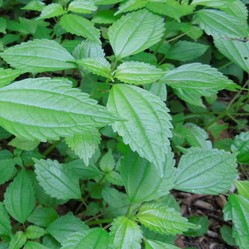

 The Shaming of Femininity and Elevation of Masculinityon 07/13/2017
The Shaming of Femininity and Elevation of Masculinityon 07/13/2017
 What is Genderqueer or Non-Binary Gender?on 10/16/2015
What is Genderqueer or Non-Binary Gender?on 10/16/2015
 Resources for Learning Spanish Free Onlineon 04/13/2016
Resources for Learning Spanish Free Onlineon 04/13/2016
 Ways Native Plants Can Help Control Invasive Plantson 05/26/2016
Ways Native Plants Can Help Control Invasive Plantson 05/26/2016
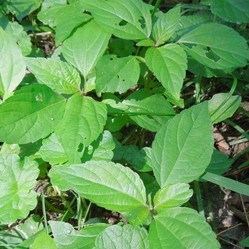
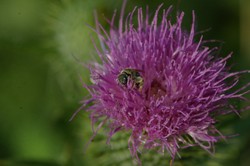
Questions? Comments? Feedback?
Yeah! A lot of "weeds" have a lot of ecological value, and it can be a shame when people pull them out, because they often replace them with non-native plants that don't have much ecological value or may even harm local ecosystems.
I'm trying to help people both appreciate native weedy plants for what they are, and learn how they can attract and support natural beauty, like butterflies. I'm thinking of adding some pics of the butterflies that eat this plant, to this page.
Interesting. Make you appreciate the value of a weed plant.